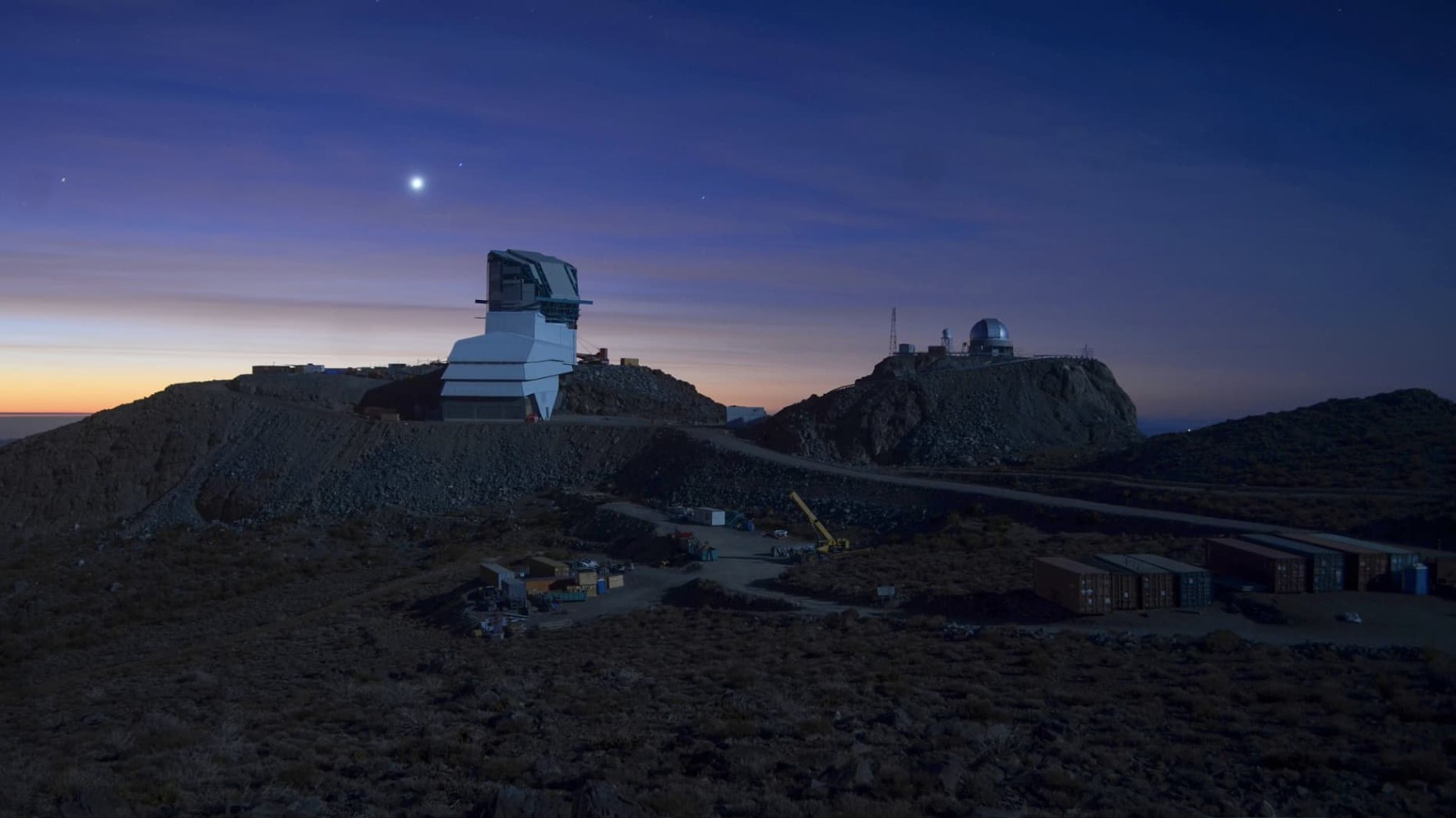Google Cloud will store 20TB of nightly sky observations for the Rubin Observatory
Images will lay the foundation for a massive 500 petabyte database of the night sky over 10 years

High-performance computing and machine learning are accelerating astronomical research at an unprecedented pace which is why the Vera C. Rubin Observatory in Chile will use Google Cloud to store 20TB of nightly sky observations.
The search giant's cloud computing unit has announced that the Rubin Observatory has finalized a three-year agreement to host its Interim Data Facility (IDF) on its platform. Through this collaboration, Rubin will process astronomical data collected by its observatory and make the data available to hundreds of users in the scientific community ahead of its 10-year Legacy Survey of Space and Time (LSST) project.
The LSST will use the 8.4-meter Simonyi Survey Telescope and the gigapixel LSST Camera to create an astronomical catalog thousands of times larger than any previously compiled survey. The survey will capture around 1,000 images of the sky every night for 10 years.
- We've put together a list of the best cloud computing services
- These are the best cloud storage services on the market
- Also check out our roundup of the best small business servers
These high-resolution images will contain data for roughly 20bn galaxies and a similar number of stars to lay the foundation for a massive dataset made up of 500 petabytes of files that will eventually be shared with the scientific community at scale. The Rubin Observatory will use Google Cloud Storage and the Google Kubernetes Engine to accomplish this feat along with Google Workspace for productivity and collaboration.
Unlocking the secrets of the universe
In addition to its partnership with the Rubin Observatory, Google Cloud's VP of global public sector Mike Daniels also revealed in a blog post that a Caltech researcher was able to discover a new comet by using AI earlier this year.
Back in August of this year, research scientist in the Astronomy department at Caletch Dr. Dmitry Duev began a pilot program using Google Cloud's tools to identify the space objects observed by the Zwicky Transient Facility (ZTF) at the Palomar Observatory in Southern California.
The ZTF scans the Northern skies every clear night to measure billions of astronomical objects and register millions of transient events. Using these images, Duev trained a machine learning model on Google Cloud to pinpoint comets with over 99 percent accuracy. On October 7, the model identified Comet C/2020 T2 which was the first ever such discovery attributed to AI.
Are you a pro? Subscribe to our newsletter
Sign up to the TechRadar Pro newsletter to get all the top news, opinion, features and guidance your business needs to succeed!
Scientists or astronomers that want to start or ramp up their own projects can also turn to Google Cloud for help as the company offers research credits to academics for qualifying projects in eligible countries. You'll just need to fill out this application form or contact Google Cloud's sales team to get started.
- We've also highlighted the best cloud hosting
After working with the TechRadar Pro team for the last several years, Anthony is now the security and networking editor at Tom’s Guide where he covers everything from data breaches and ransomware gangs to the best way to cover your whole home or business with Wi-Fi. When not writing, you can find him tinkering with PCs and game consoles, managing cables and upgrading his smart home.
